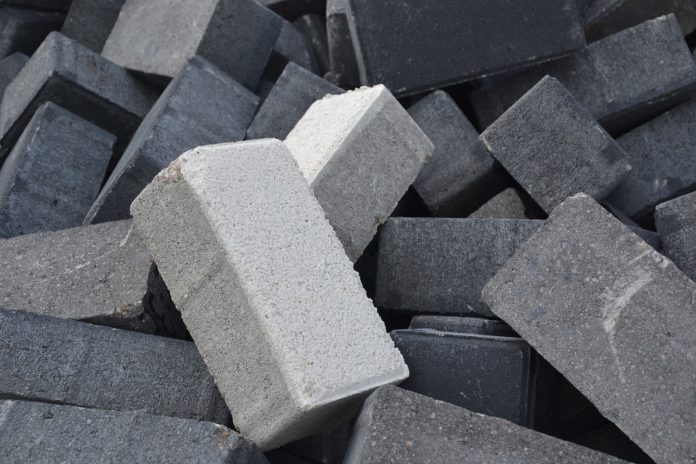EPFL scientists along with ETH Zurich, UB Bath, MIT, RU Houston, UPV/EHU Spain, Mines Nantes, CU Boulder and Penn State collaborated together and developed a new database of molecular dynamics models called cemff. The database mimic the properties of cement in all its assortments and likely to calibrate the component of concrete and curtail emissions in its manufacturing process.
Scientists developed this cemff database especially for cement force fields to create greener concrete. Cement force fields are the parameters that include the intrinsic energy of the atoms in a simulation system. They generally are acclimated to measure how atoms interact individually and collectively with their neighbors to give the material its properties.
Utilization of precise atomistic power field models permits to do a computer simulation of different sorts of the inorganic minerals show in bond. Significantly, it aids scientists to map many types of force fields to create reliable simulations and predictions of purpose-built cement formulations.
The database cemff is intently created to make industry design stronger and more durable construction materials that reduce carbon dioxide emissions.
During the study, the simulation of force field models shows how the component molecules in cement interact with each other. These microscopic interactions determine how well concrete performs in real-world applications.
Robert Flatt, Professor of Civil, Environmental and Geomatic Engineering at ETH Zurich said, “The publication of this common database represents a milestone for the field that will greatly increase the impact of molecular modeling in the development of new and greener concrete.”
According to scientists, this will allow for fine-tuning the material to perform at its best for decades and in the most environmentally conscious way.
Project led Ratan Mishra said, “Molecular modeling still requires multiple trade-offs. The typical example is time versus accuracy. More importantly, it is essential to recognize what specific models are good at and what they may be challenged with.”
Cement production, a significant source of atmospheric carbon dioxide, causes almost 60 percent of carbon dioxide emissions. To reduce the carbon footprint, manufacturers often supplement the mix with clays, waste materials like fly ash and recycled materials.
Paul Bowen, initiator of the project said, “These all influence the mechanical characteristics and resilience of the product. Thus, there is a need for simulations at the nano scale that let manufacturers test mixes for strength and durability even before making real cement.”
“I hope the open format and international base of the cemff database will encourage both the modeling and experimental community to create solid benchmarks to help understand and predict more accurately the properties of the most-used material on Earth and help us build a more sustainable future.”
